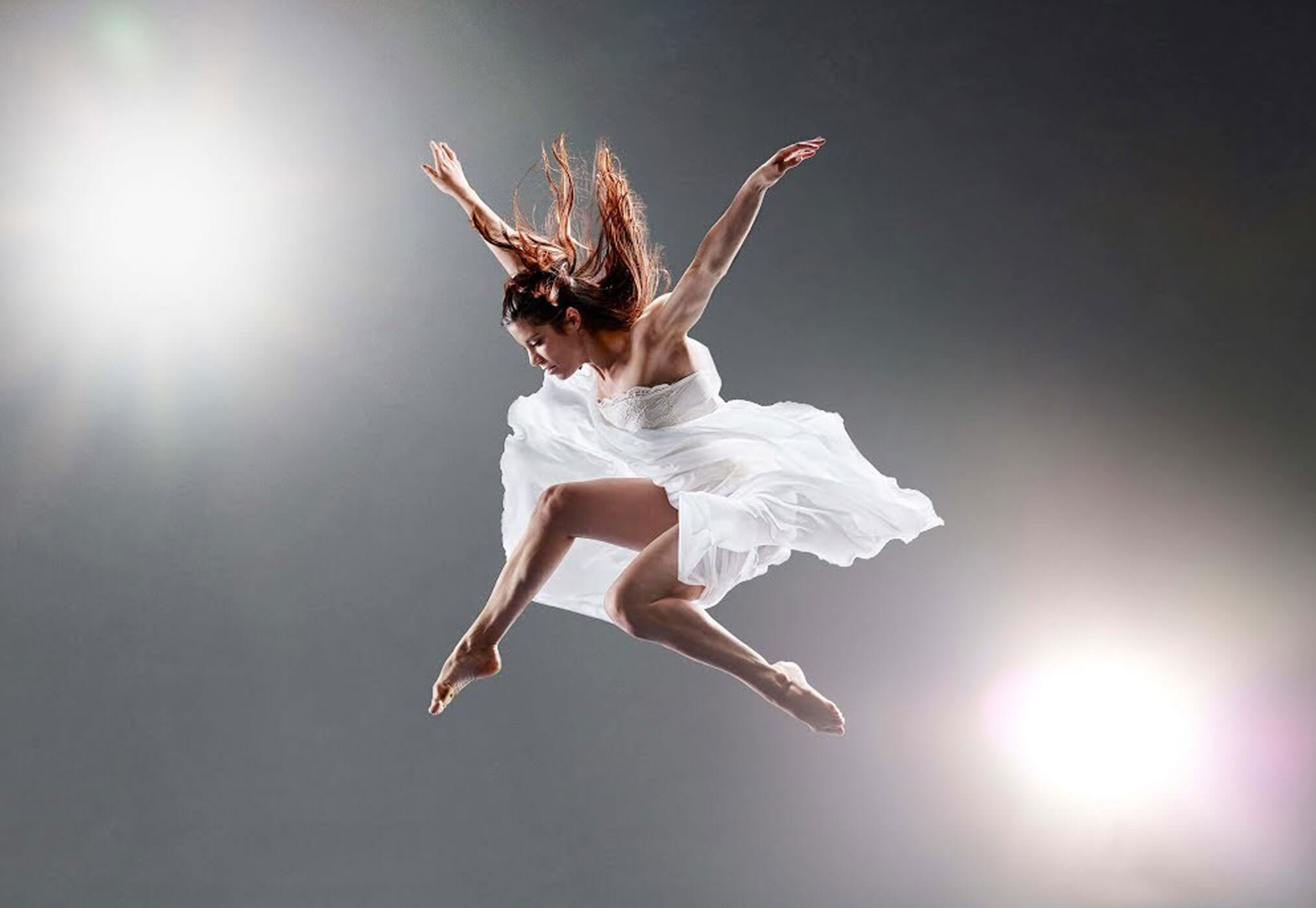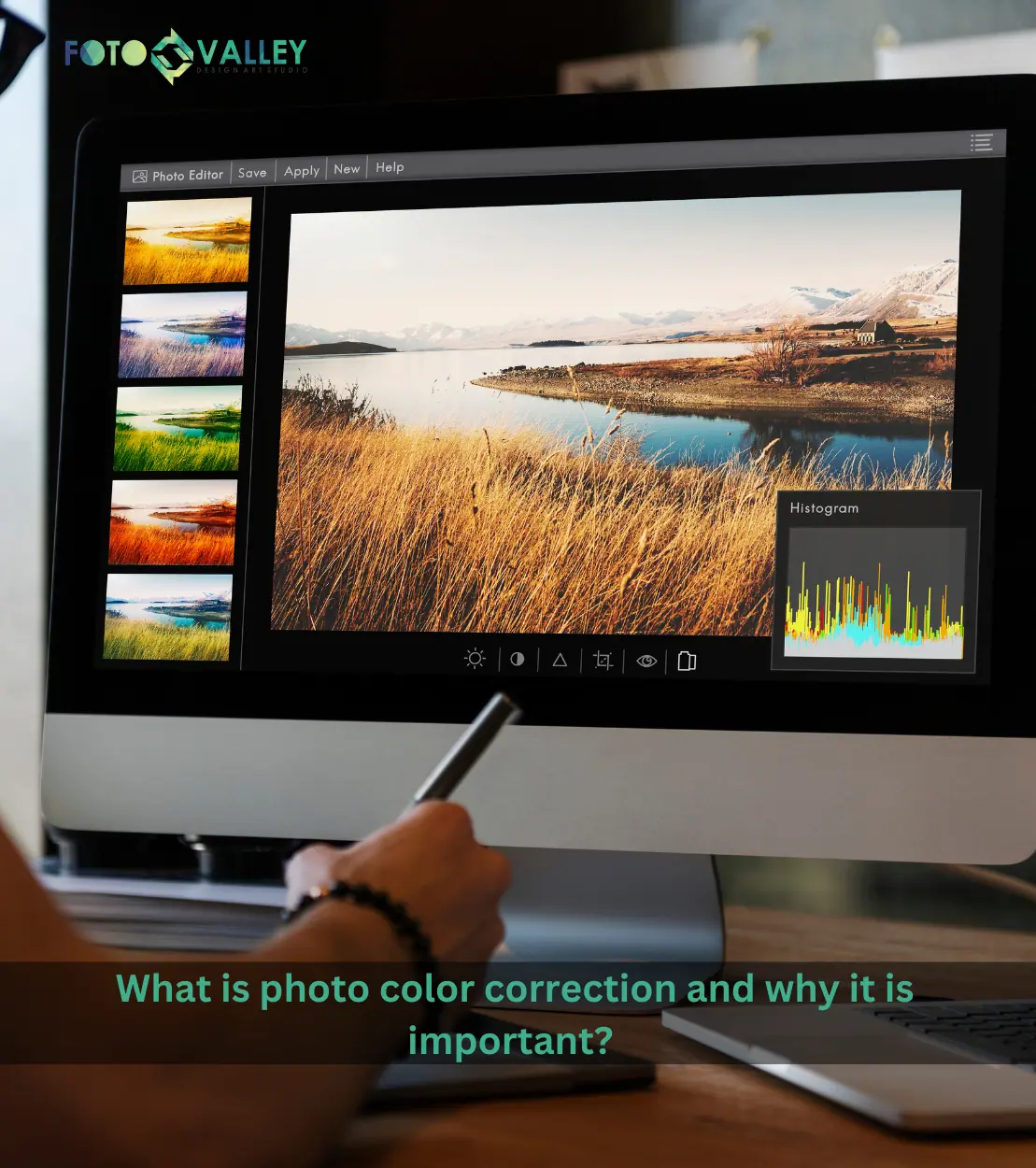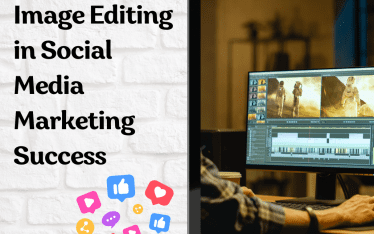Mastering the art of dance photography to produce exquisite dance portraits is a bit challenging. Creating enchanting photos even from the simplest movements requires a major skill. Add up with professional portrait retouching skills, there you have it! Since dance is a very expressive and intimate art form it’s important to capture all the embedded elements of it.
And it certainly not involve going all out on a full swing but some disciplines will help if you want to nail it. And incorporating the best of professional photography editing skills are also important for this type of photography. It’s more than art, so it’s important to have a grasp on its each aspect that will help you shoot excellent dance photos of any dancing style.

Well, if you can execute a good dance shoot, well and good! But what if you lack the time for post-production and have a shoestring budget? You can always outsource it to capable and cost-effective providers specializing in image editing services.
So what is the secret to a great dance photography shoot? Check out these 14 tips!
Get acquainted with the Dancer(s)
Don’t show up and shoot right away, as it won’t end up good. So get to know your dancer(s), talk about their passion as to why they love dancing, and express how you got interested in dance photography. This will ease any tension in the air, making everyone relaxed and comfortable for and during the sessions. And even if you make mistakes, there won’t be any embarrassment between everyone which will give you enough scope for experimenting with different dance styles using varied concepts.
Get acquainted with the Dance Style
This is important as it will help you decide and photograph with specifics concerning individual dance styles. By doing so you can predict your subject’s movements and adjust your camera settings simultaneously. For instance, dance recital photography is best shot with a wide-angle lens that brings a wider perspective. Close-up dance photos are best achieved with a zoom lens. And if you’re not familiar or haven’t photographed a specific dance style before, watch some good videos, build knowledge, or talk with the dance company about the same before the shoot. This will creatively engage you more into the shoot, think up new ideas, impress your models, and adds a spotlight on your skills.
Your Models should be aware that they are being photographed
No, its’ not about yelling at them while shooting. It’s all about making them aware of the fact that they’re being photographed. And if you plan on photographing strangers, always, get their permission first. Just talk or associate with the dance instructor or the person in charge so that they will make your presence known to the dancers. That way there won’t be any invasion in their privacy. For freestyling or practice, photograph strangers but we would advise a tad bit caution if you’re planning to share and sell the photos online.
Eliminate Camera Shakes by using a Tripod
Dance photography is all about movement, and while shooting you might try to “move” along with it to render the perfect shot of the dancer’s graceful movements. It can cause a lot of shakes, leading to blurred images, especially with a fast-paced dance style. The solution – use a tripod. This will give you enhanced stability by limiting movements, eliminating camera shakes, and blurred images for you to achieve the best compositions. The tripod can also be used to take beautiful long exposure shots. And with some professional portrait retouching skills, you can add more diversity and surrealism in the photos.
Experiment and Shoot from Different Angles
And it’s not just limited to dance photography, it’s the same with all kinds of photo sessions as there are no actual specifics. Try shooting from below the ground for a blurred foreground that puts dancers in the spotlight and the audience will focus on the dancers. Limiting your angels on a fixed position will only give you soulless photos. So always try to shoot from different angles and don’t forget to experiment. Using the foregrounds will create depth and texture that will make your photos stand out even more. Also, try experimenting with different objects and their angles, you will never know what goodies might be waiting for you.
Dancing Events
Dance events are where you get exposed to different dance styles, movements, and lighting setups. And it’s all about improving your knowledge of dance, varied portrait types, and even candid photography. If you ever come across such an opportunity, get the permission of the dancers, and experiment with different angles, fast shutter speeds, and apertures.
Dance events are one of the best for you to specialize in particular dance styles and will provide you a learning curve as to how you can take advantage of a bustling setting.

Stage Shoots add an Atmospheric Feel
It’s all about the lighting in the stage that creates a truly atmospheric feel to the dance portraits. So don’t hesitate to shoot dancers on the stage! Why? The black background will help you focus more on your dancer and the bonus natural or artificial light will inspire an atmospheric feel in your photos with the right – provided you have the right camera settings. A stage is where dancers feel more at home making them highly confident and appear high-octane in front of your camera.
The Elegance in Long Exposure Shots
Dance photography and sharpness don’t have to always go hand in hand. You can try shooting for dance portraits using the long exposure technique that adds elegance and more emphasis on certain movements of dancers. With an added tinge of professional photography editing, your photos will look phenomenal.
How about some Dramatic Dance Portraits?
It’s not typical to always photograph dancers outdoors or on stages. Instead, you could pick some every day or simple locations with dramatic lighting for some quirky compositions that intensify the dancer’s movements. Your other options to take advantage of dramatic lighting would be an empty white room with window blinds on a sunny day, a shot taken from the roof at golden hour, or a dance studio set up with artificial light.
Large Aperture Shots are good
If you want to solely focus on your dancers to separate them from the distracting backdrops use large apertures in your shots. By doing so it will add more depth to your portraits and blurs out the unwanted backgrounds. Make sure you use aperture levels between f/1.2 – f/2/8. Aperture levels greater than f/2.0 will ensure that you get more sharpness in your photos.
Tell a Story
If you can tell a story through your dance photographs it will become more meaningful. Make sure you give a complete focus on the details while shooting and it will add more depth, texture, and emotion into your dance portraits. Try creating diptychs, which are collages made using a pair (two) of photos.
Vibrant Locations
Unique photos are a product of you being open to unusual circumstances and how you commit to that potential. And you can find such potential in vibrant locations like carousels, cityscapes, neon lights, and more which will add a dramatic effect to your photos. Make sure to use the large aperture technique in these places that will always put your dancer in the spotlight without the background getting blown up, with a good bokeh effect. By doing so, the background is blurred, and you’ll get vibrant dance portraits without affecting the focus from your dancer.

Overhead Shots
This type of shot works best when you’re trying to shoot multiple dancers, as it creates symmetry among the dancers in the photos. Dance theatres or any location with an indoor balcony is the best suited for such elevated shots. The perspective gained in these shots taken from above is unique that will allow you to experiment with different concepts and props.
Bring Surrealism with Flour
Sprinkle some flour on your dancers, and shoot them from against a black backdrop which will excellently highlight the flour’s white color. This photographic manoeuvre will bring out a surrealistic element to your portraits. Although, make sure your dancers don’t suffocate from the flour and are cleaned up post-shoot. The cleaning part applies to the floor as well, as we don’t want anything to remain messy afterwards.
If you follow the above ideas in your dance photography with excellent professional portrait retouching skills you can compose some alluring dance portraits that instil the emotion of being free, and vibrant in your models. So keep working on those shooting skills along with these concepts with all kinds of dance styles and take your dance photography to the next level. Also, if you don’t have the time, and want a cost-effective post-production alternative to choose a capable outsourcing image editing services provider who will remarkable professional photography editing expertise.











